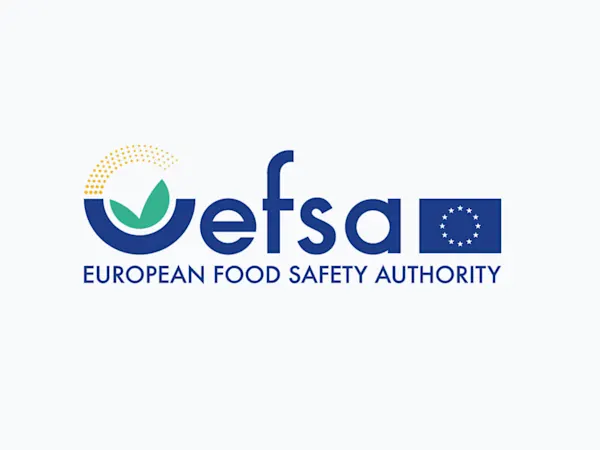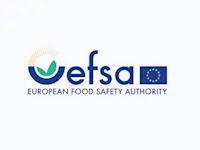
EFSA Seeks Feedback on Overhaul of Weight of Evidence and Biological Relevance Guidance
EFSA launches consultation on updating its Weight of Evidence and Biological Relevance guidance, aiming to streamline chemical risk assessment practices.


The European Chemicals Agency (ECHA) has been tasked by the European Commission to re-evaluate the carcinogenicity classification of glyphosate following new scientific findings. This development could significantly affect regulatory compliance and product risk assessments for professionals across the chemicals, agriculture, and manufacturing sectors.
On 26 June 2025, ECHA formally requested its Committee for Risk Assessment (RAC) to reassess its 2022 opinion on glyphosate’s classification. The review follows a June 2025 study published in Environmental Health by the Ramazzini Institute, which reported potential carcinogenic effects from long-term glyphosate exposure in laboratory animals.
Glyphosate, chemically known as N-(phosphonomethyl)glycine, is a widely used herbicide (EC: 213-997-4; CAS: 1071-83-6) in agricultural, industrial, and domestic applications. The substance is currently classified in the EU as causing serious eye damage and posing chronic aquatic toxicity, but not as carcinogenic.
This reassessment could lead to regulatory reclassification, altering obligations under REACH (Regulation (EC) No 1907/2006).
The Commission has instructed ECHA to obtain raw data from the Ramazzini Institute’s “Global Glyphosate Study,” which will underpin the new RAC evaluation. Upon receipt, RAC will have 15 months to issue an updated opinion.
Any change in glyphosate’s classification could trigger wide-reaching consequences, including reformulation of products, revised labelling, worker safety protocols, and potential market restrictions. This would affect not only chemical manufacturers but also stakeholders in agriculture, food production, and logistics.
For compliance teams, this development warrants close monitoring. A shift in classification could reframe glyphosate as a substance of very high concern (SVHC), escalating authorisation requirements and regulatory costs.
Foresight continuously tracks 1000s of sources and maps updates to your portfolio:




EFSA launches consultation on updating its Weight of Evidence and Biological Relevance guidance, aiming to streamline chemical risk assessment practices.

Germany's CONMAR-Impact study sets new environmental quality standards for TNT in marine ecosystems, raising industry-wide compliance questions.

EU Member States urge the Commission to accelerate the REACH revision, citing urgent health, environmental, and industry competitiveness needs.
Subscribe to Foresight Weekly and get the latest insights on regulatory changes affecting chemical compliance.
Free forever. Unsubscribe anytime.
Read by professionals at